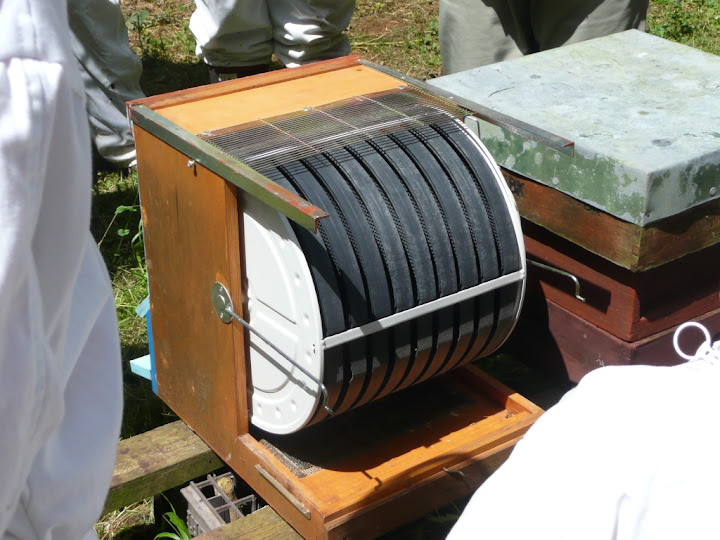MuswellMetro
Queen Bee
has anyone every seen one of these#
it rotates at 1 hour per year per hive, what has that lost in the translation!!!!
i assume it makes the varroa dizzy and they fall off, as it also controls varroa
it rotates at 1 hour per year per hive, what has that lost in the translation!!!!
i assume it makes the varroa dizzy and they fall off, as it also controls varroa




















































